SiC diodes offer high-performance switching for space use, with radiation effects manageable through proper testing and bias control.
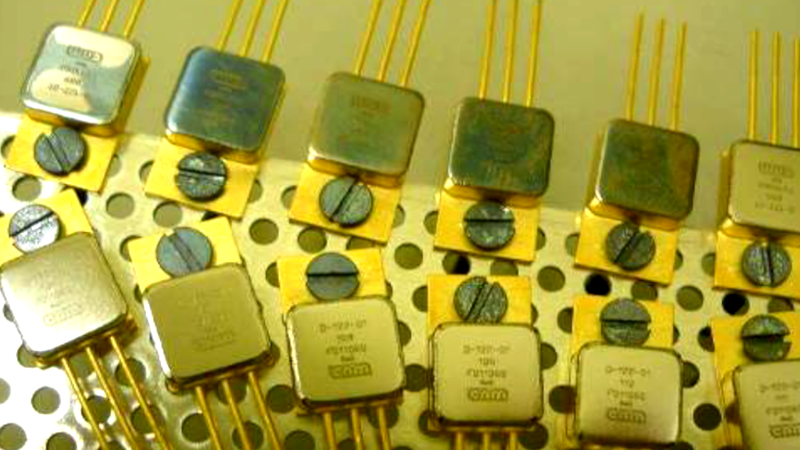
Blog » EEE Testing »

SiC diodes offer high-performance switching for space use, with radiation effects manageable through proper testing and bias control.
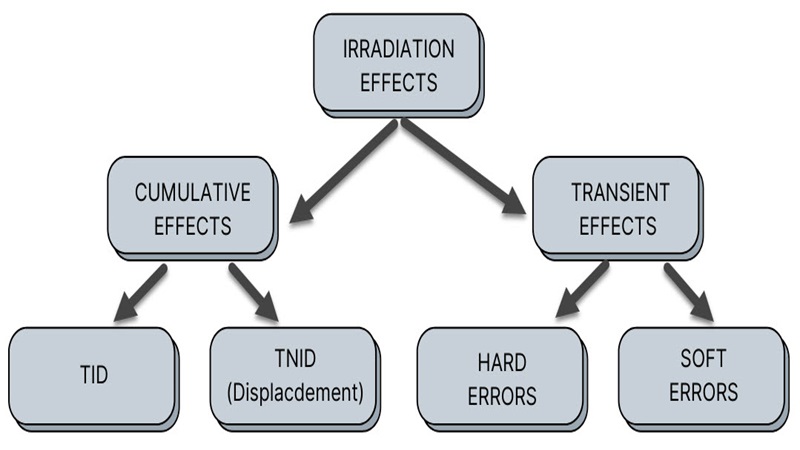
Cumulative effects are gradual effects taking place during the whole lifetime of the electronics exposed in a radiation environment. A device...

TID test standards define irradiation methods, dose rates, and handling to assess component tolerance to total ionizing dose.
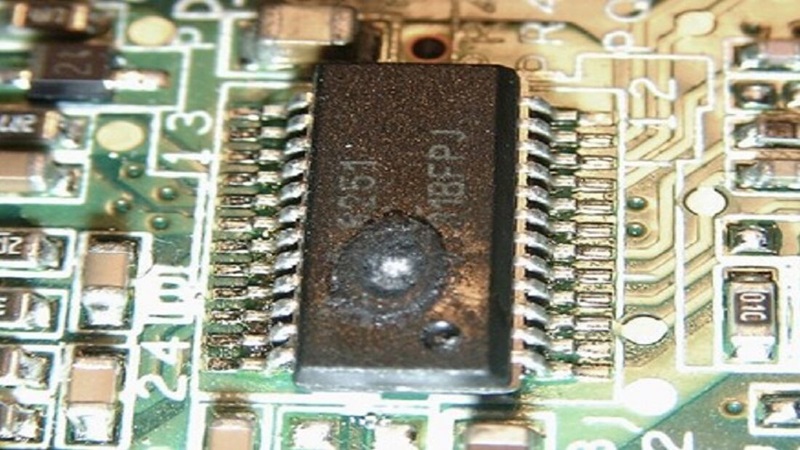
Radiation affects EEE components in space through TID, displacement damage, and single event effects, impacting mission reliability.
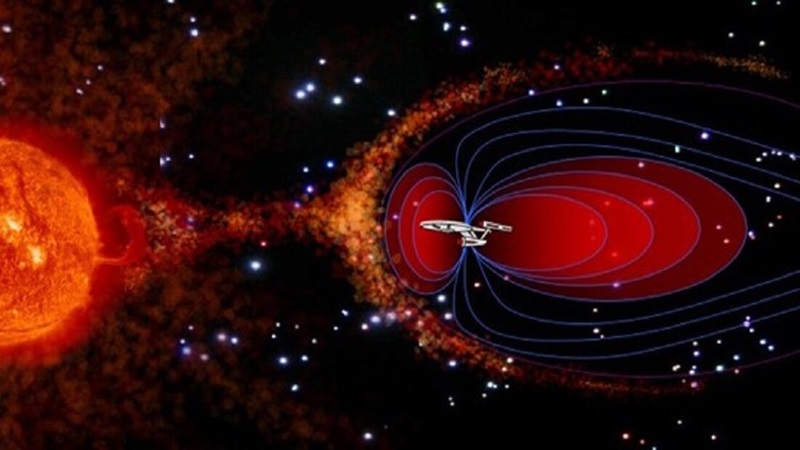
Radiation analysis documents component tolerance to space radiation, ensuring compliance with mission-specific exposure levels.

Photonic integrated circuits offer radiation-resistant solutions for data, sensing, and space-based communication systems.

Radiation environment analysis for space systems, including TID, TNID, and SEE evaluation on satellite components.
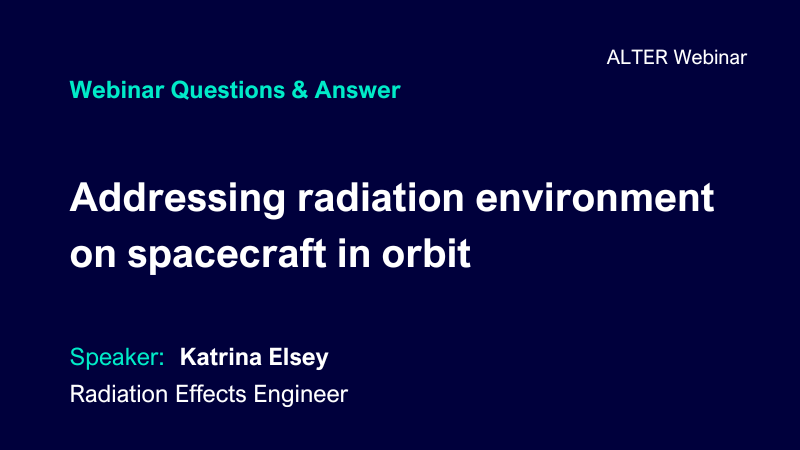
Explore expert answers on space radiation effects, simulation tools, and COTS testing from our recent technical webinar.
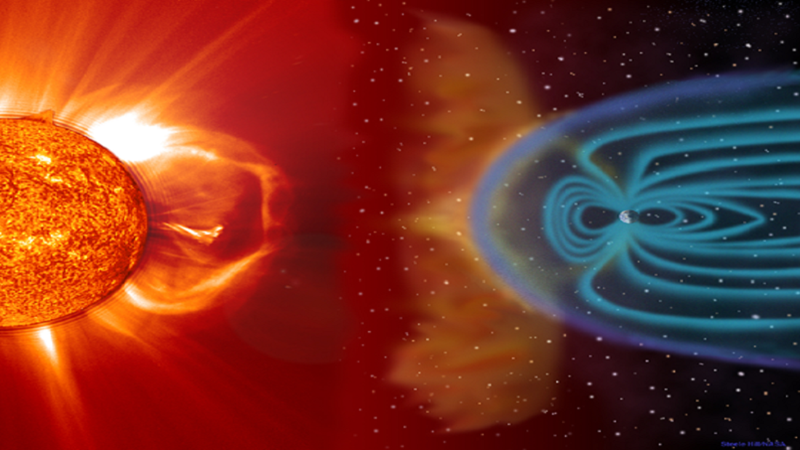
EEPROM devices in space missions are vulnerable to radiation effects like TID and SEE, impacting data integrity and system reliability.
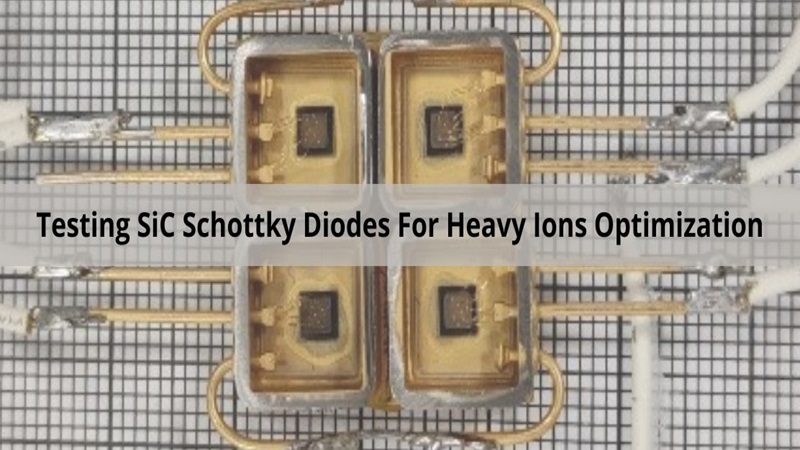
Testing SiC Schottky diodes under heavy ion radiation evaluates performance, reverse bias limits, and module configurations.
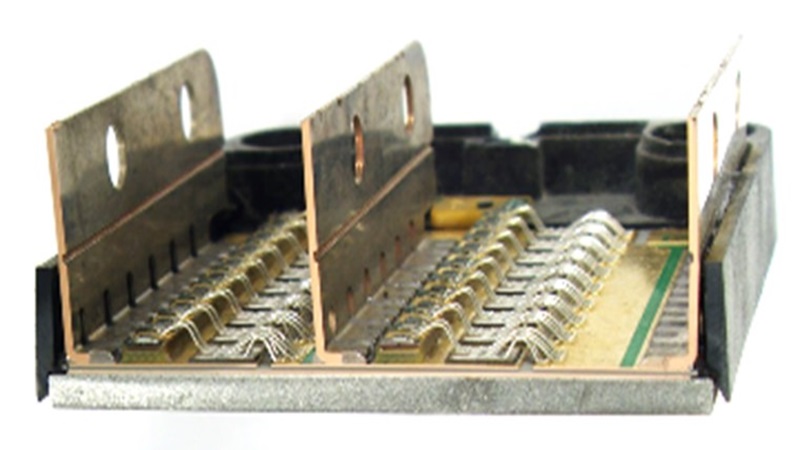
Automotive SiC module technology enables higher efficiency in EV inverters, supporting advanced power density and thermal performance.
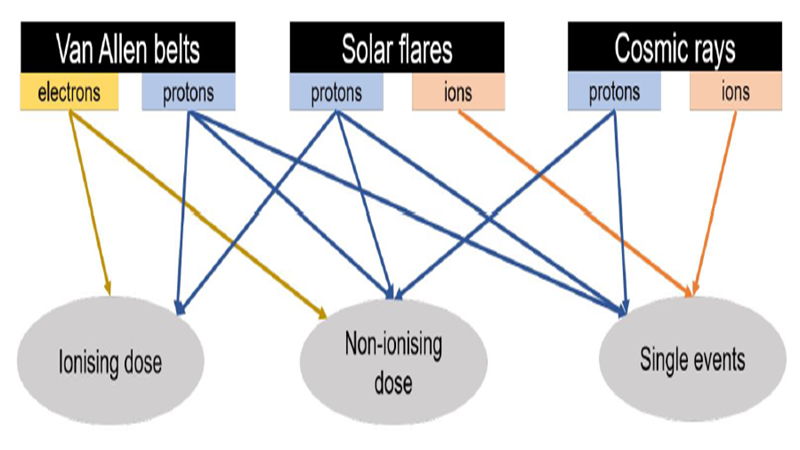
Space radiation affects spacecraft electronics, causing degradation and failures. Testing and modeling help predict and mitigate these effects.